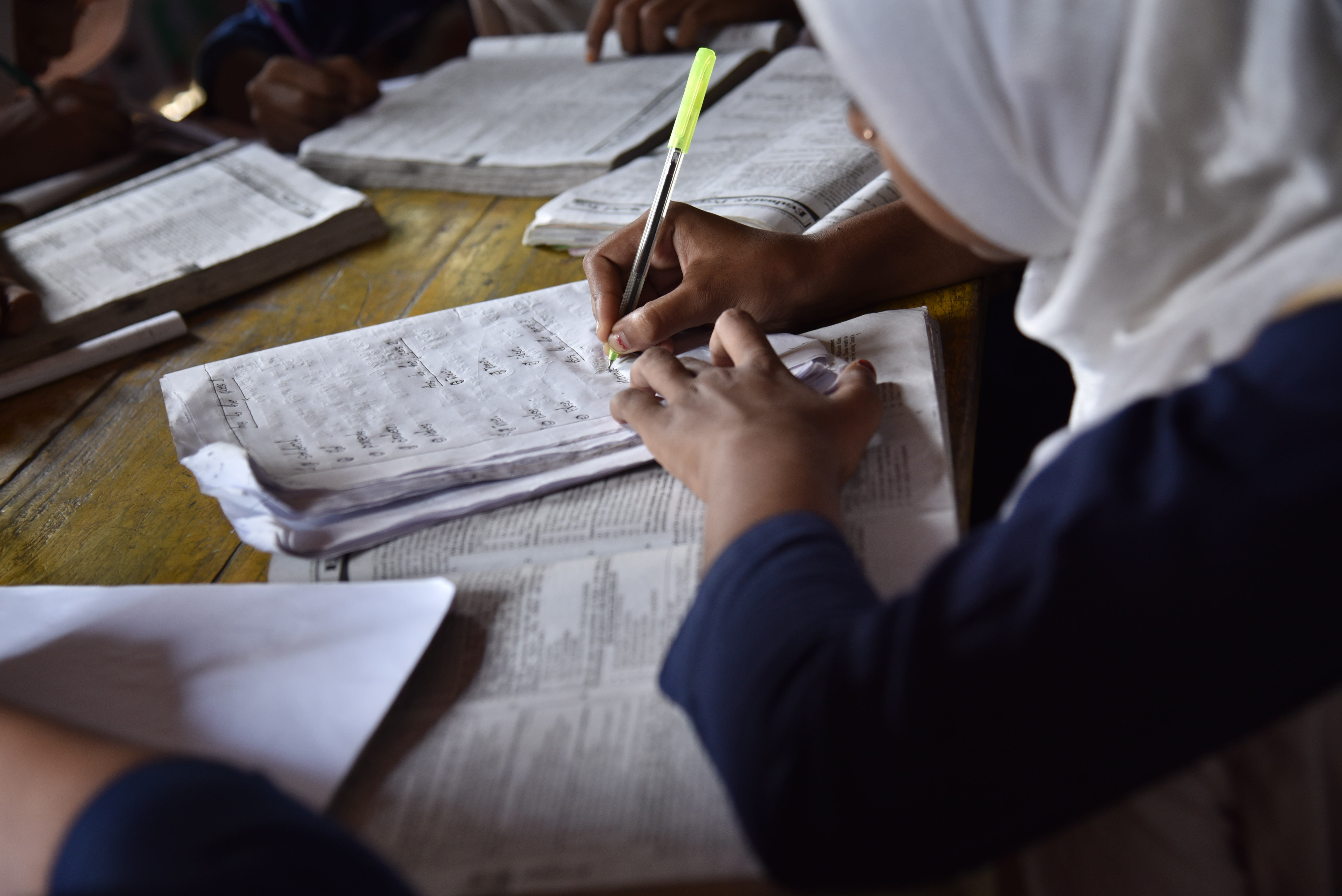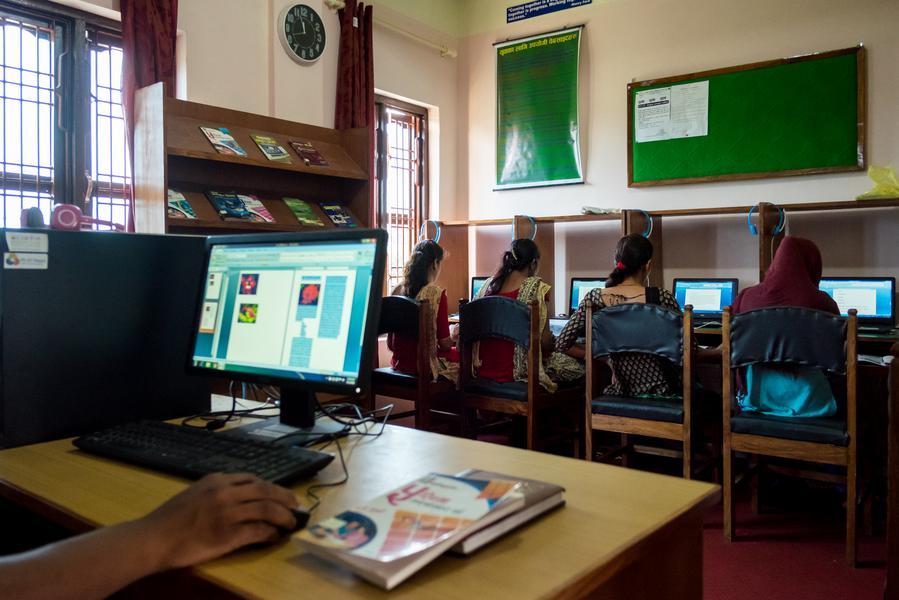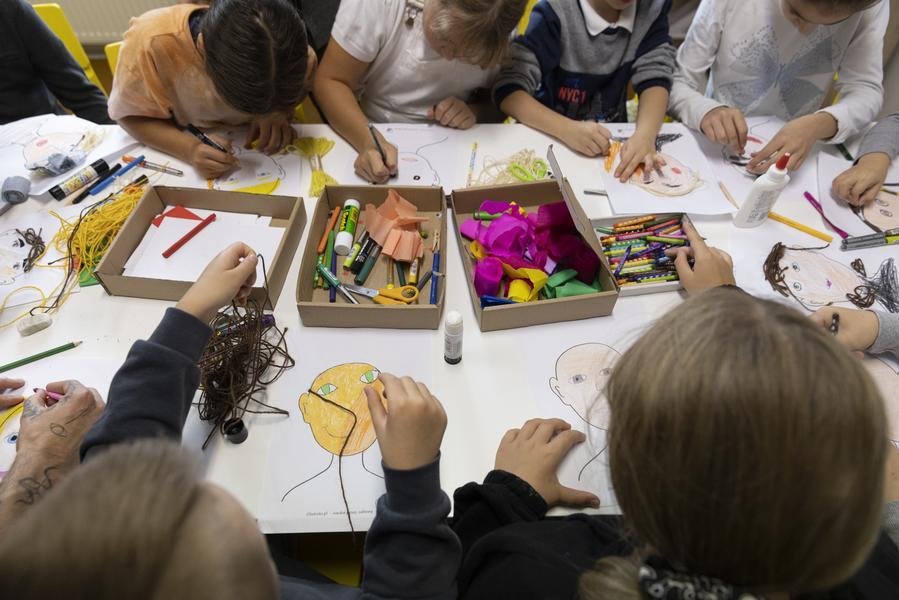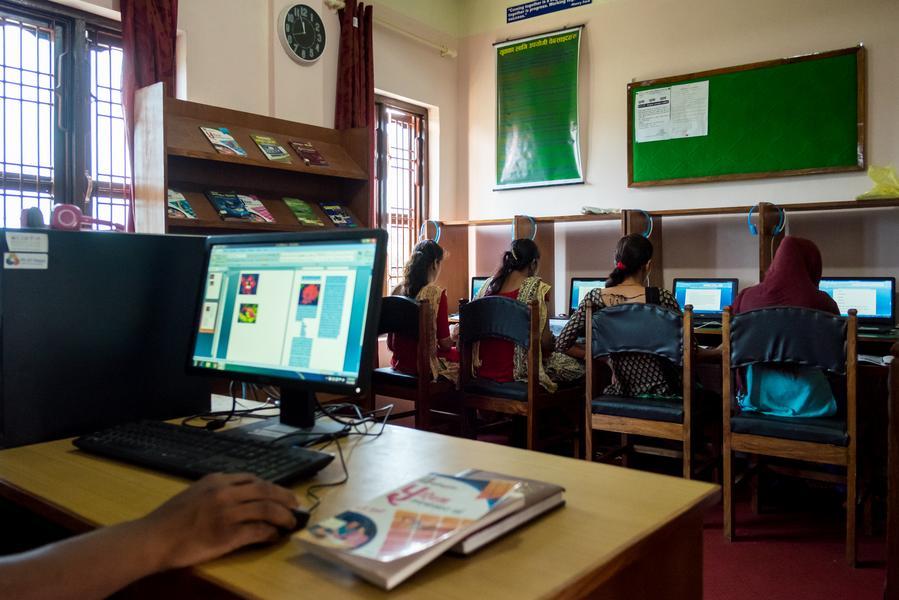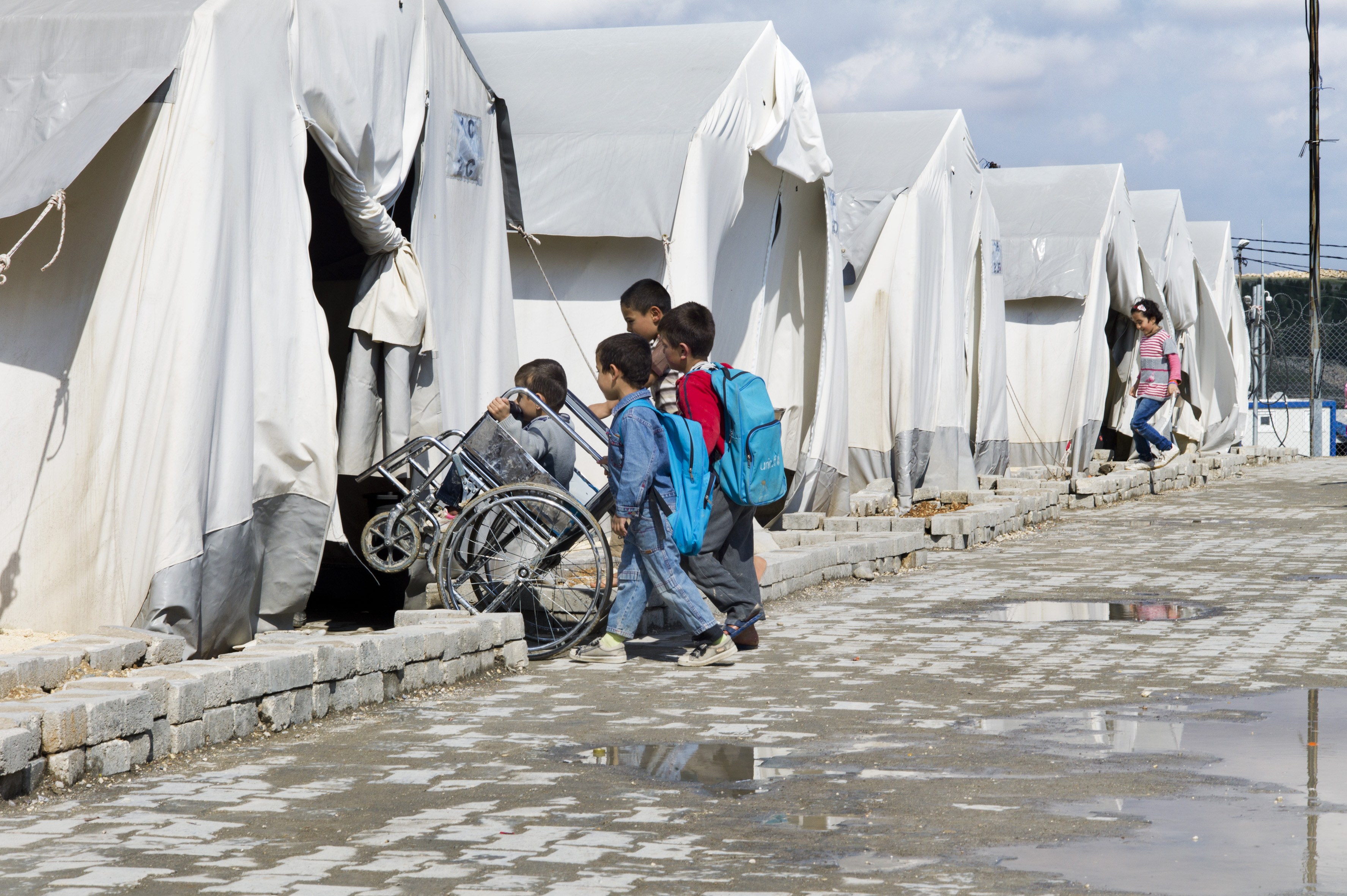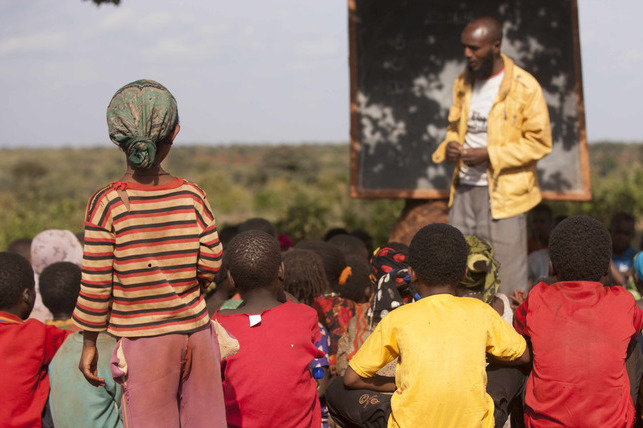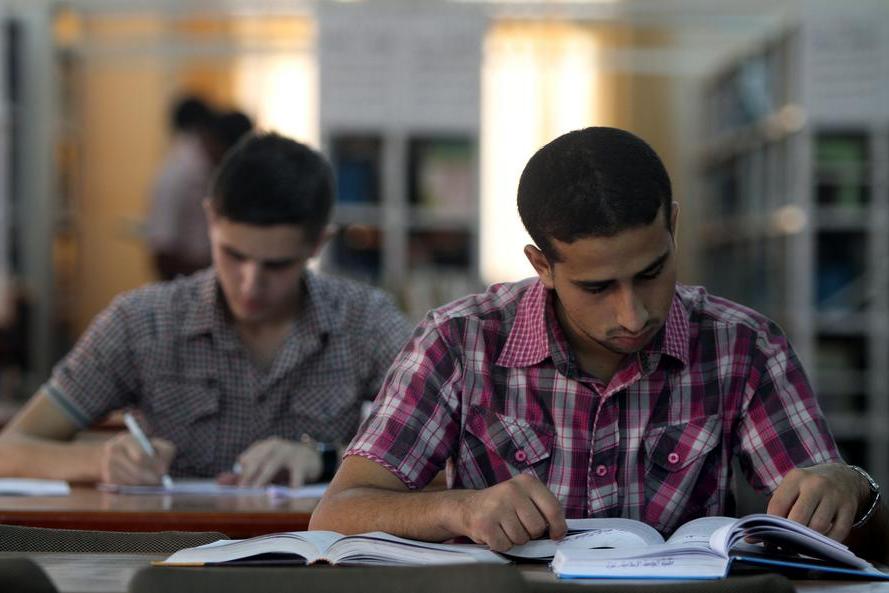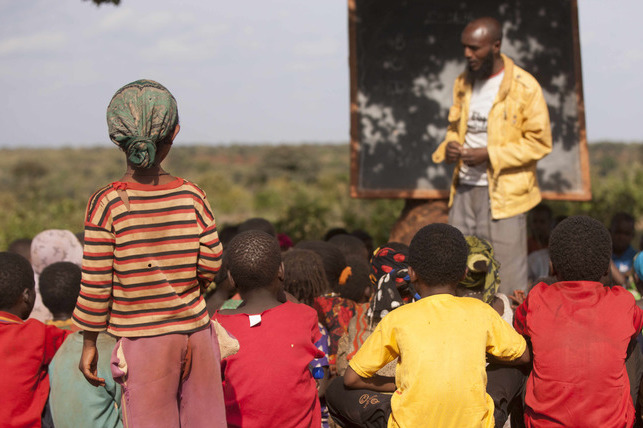Context and Issue
India faces significant challenges in literacy outcomes, with the 2001 Census revealing a 65.4% literacy rate. However, only 17% of individuals were fully literate, 38% were early-literate with rudimentary alphabetic knowledge, and 45% were illiterate. Primary education also proved insufficient, with only 11% of children becoming fully literate after five years of schooling. These issues highlighted a severe gap in functional literacy, compounded by traditional literacy programs' failure to transition early literates to functional literacy.
Solution
Same Language Subtitling (SLS) is an innovative literacy improvement program launched in 2002 by PlanetRead in collaboration with the Indian Institute of Management, Ahmedabad, to address India's significant literacy challenges. SLS adds subtitles in the same language as the audio to popular television programs and films, providing regular reading practice. The program is implemented on national television and digital platforms and leverages widely watched content to enhance literacy. Studies have shown that SLS can more than double the percentage of children who become good readers and significantly reduce the proportion of illiterate adults. Key elements of SLS include integration with popular content, a research-based approach, government and institutional support, scalability, regular assessments, and widespread accessibility. By 2025, a national policy mandates SLS on 50% of all entertainment programming on TV in India.
Impact
The Same Language Subtitling (SLS) program's impact has significantly improved literacy outcomes in India. Independent studies have shown that regular exposure to SLS has more than doubled the percentage of children who become good readers and halved the percentage of children who remain illiterate after five years. Specifically, among school children exposed to SLS, 56% became good readers compared to 24% in the no-SLS group. The illiteracy rate in this group dropped from 100% to 12% with SLS, while it only decreased to 25% without SLS. For adult illiterates, 12% became good readers with SLS over five years, compared to just 3% without SLS, with the illiteracy rate reducing from 100% to 68% with SLS and to 83% without SLS. Additionally, regular newspaper reading among self-reported literates increased from 42% to 70% over 5 years of SLS exposure and from 8% to 23% among self-reported illiterates. SLS was preferred by 90% of viewers on song-based programs, and viewership of "Rangoli" increased from 27% to 40% after incorporating SLS. These statistics highlight the effectiveness of SLS in enhancing literacy and reading habits on a large scale.



